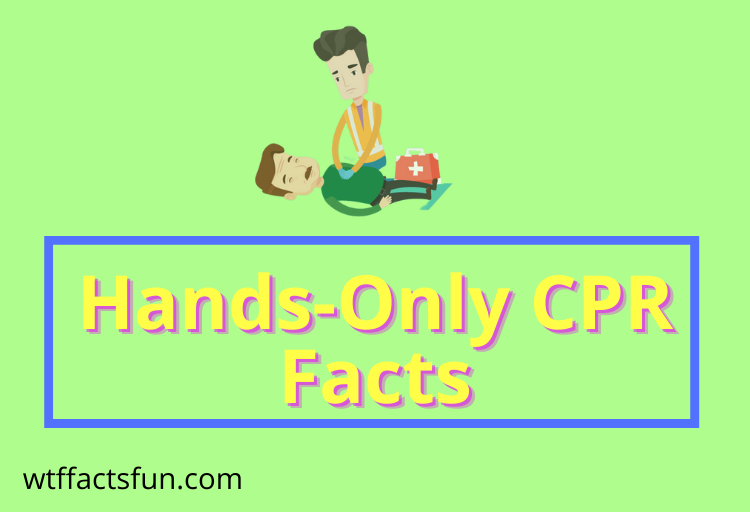
Table of Contents
Hands Only CPR Facts
Hands-Only CPR Facts: Friends, we are going to tell you in detail about hands-on CPR facts. Hands-on CPR is required in case of cardiac arrest. By getting complete information about this, You can save someone’s life.
- Hands-on CPR has 2 to 3 times the chance of saving the life of a cardiac arrest patient.
- Hands-on CPR is given to a patient out of the hospital when suddenly having difficulty breathing or unconsciousness.
- For hands-on CPR, the CPR provider should make the patient lie flat on the ground.
- In hands-on CPR hard and fast compressions are given to the patient.
- The hands-on CPR, rate should be 100 to 120 per minute.
- The person giving hands-on CPR should not stop until the patient notices an improvement in breathing.
- In hands-on CPR, the Centre of the patient’s chest is pressed firmly with both hands.
- Every year 35000 cardiac arrests take place out of hospitals in the United States. Those need hands-on CPR on time.
- You can take hands-on CPR training.
- You can ask the nearby person to call 911 immediately.

FAQs on Hands Only CPR Facts
Why is hands-only CPR good?
Hands-only CPR is good because its result is better in cardiac arrest cases.
What are 3 facts about CPR?
Hands-only CPR increases the chance of saving the life of the patient 2 to 3 times, CPR should give hard and fast, and the patient should lie flat on the ground.
What are the 3 Cs of hands-only CPR?
3 C’s of hands-only CPR checks, call and compress.
What is true about hands-only CPR?
Hands-only CPR is a simplified CPR technique that involves performing chest compressions without rescue breaths, which can be equally effective in saving a person’s life during cardiac arrest.
What is the main reason for hands-only CPR?
The main reason for hands-only CPR is to emphasize the importance of immediate chest compressions, which help maintain blood circulation and increase the chances of survival during a cardiac arrest.
How effective is hands-only CPR?
Hands-only CPR has been found to be highly effective, with studies showing that it can double or even triple the chances of survival for someone experiencing cardiac arrest compared to no CPR or delayed CPR with rescue breaths.
Final Words:
We hope you have liked the Hands-only CPR Facts article. You can share this post with your friends and relatives so they can also understand hand-only CPR facts.
Read also:
9 Fun Facts About Stratosphere Layer
22 Fun Facts About Raccoons For Preschoolers